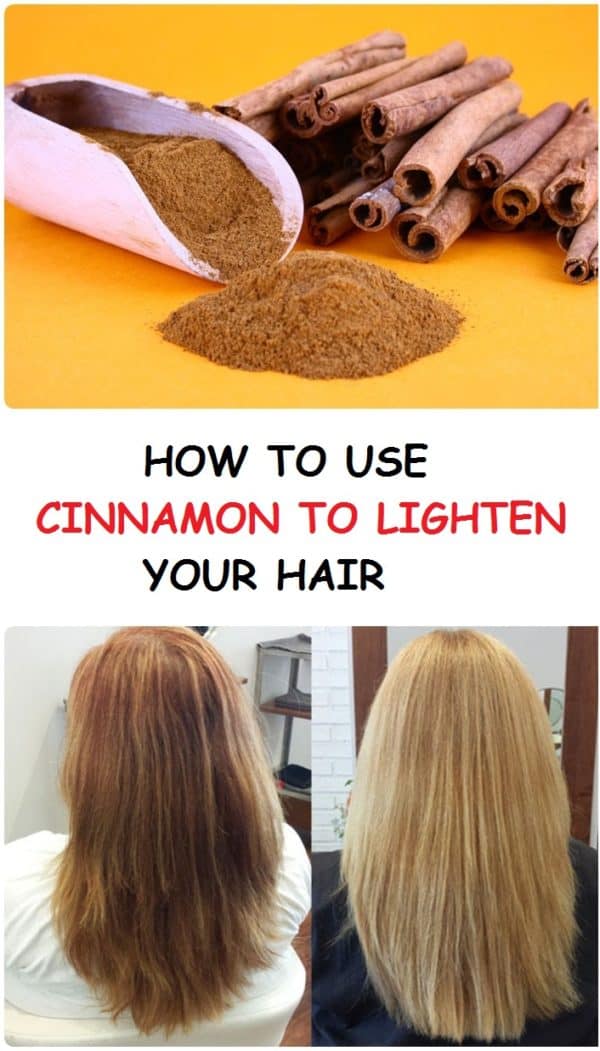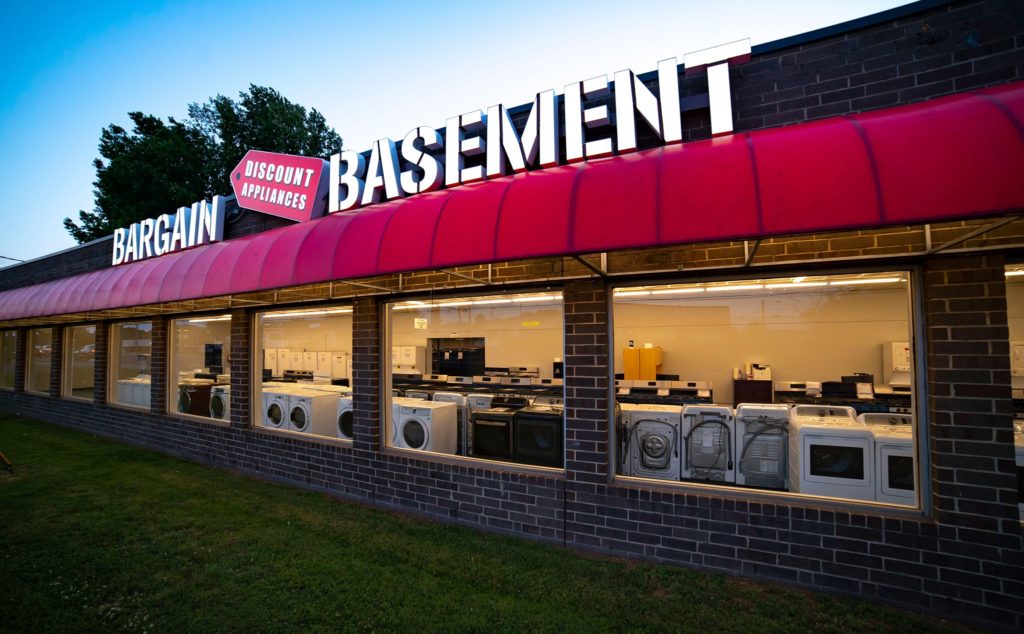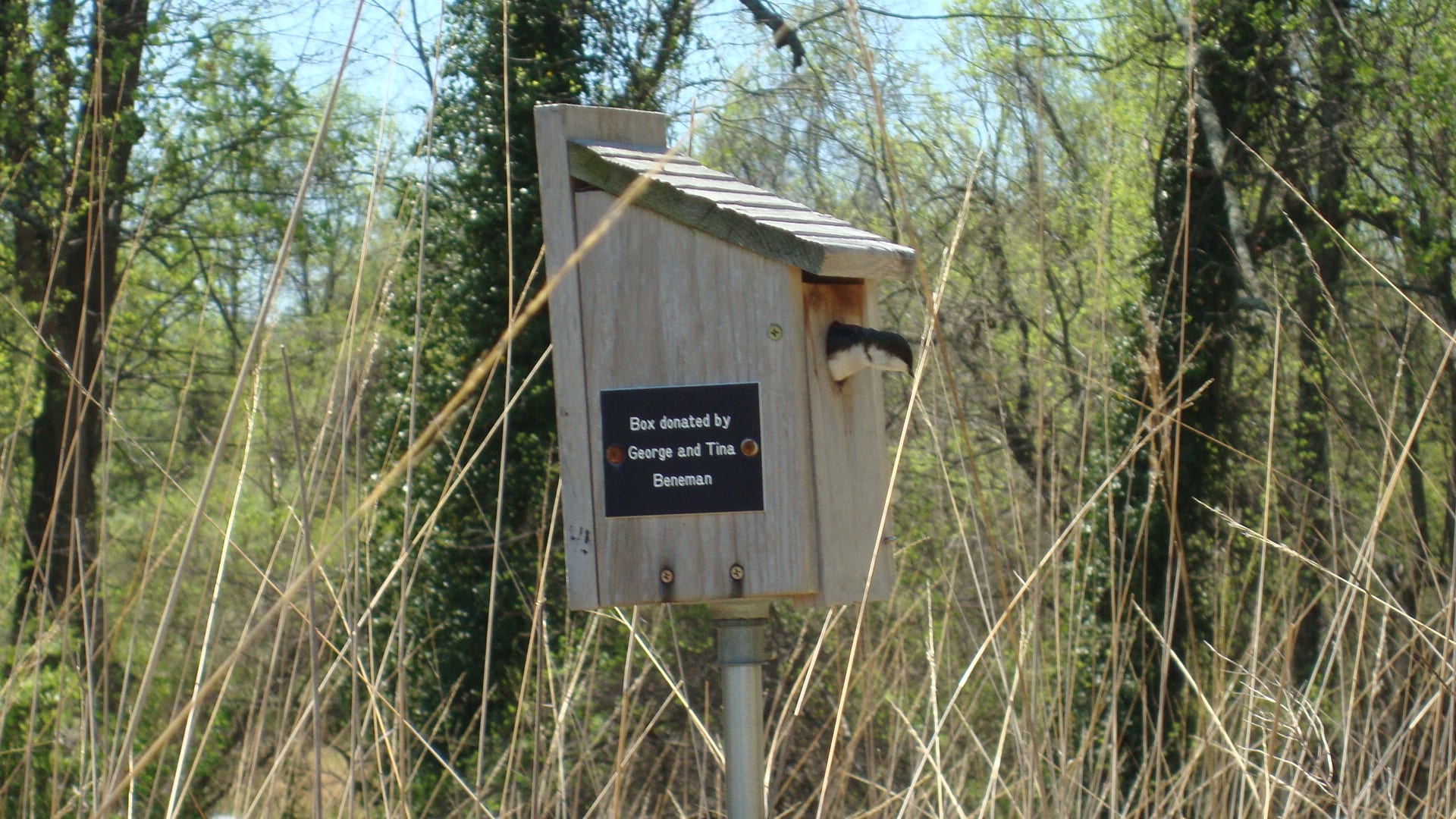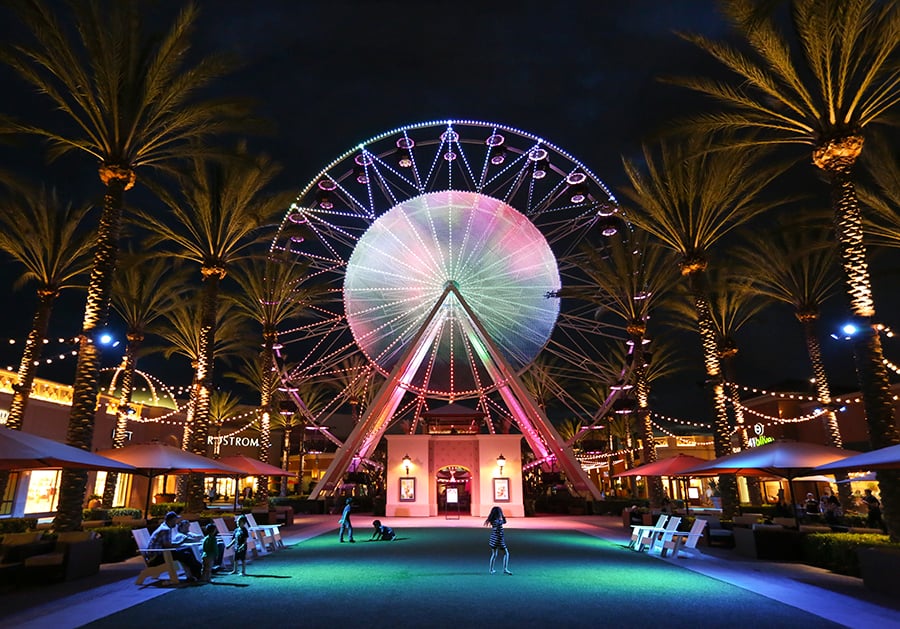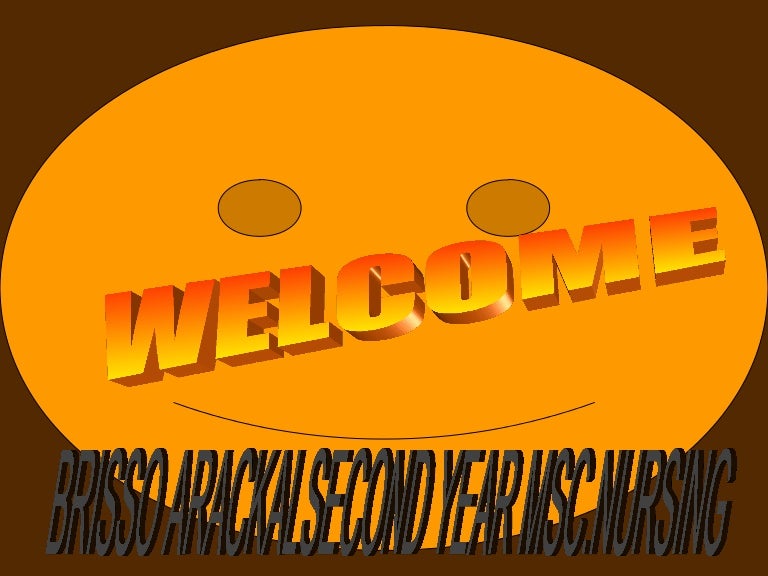Table of Content
Using a hair dryer on a low setting to gently heat your hair can help to speed up the lightening process. Turn on your hair dryer to a low heat setting and move it from root to strand all over your head. Do this until your hair reaches the desired lightness.It is best to use heat if you have bleached your hair with peroxide before and have a good idea of how it will turn out. If you are not sure, then avoid using a hair dryer. Go slow instead and see how the peroxide affects your hair as it air dries.

Once you’ve safely bleached your hair at home, maximize your new hair color by making your hair care routine more suited for color-treated hair. Once the bleach is ready to be rinsed out, you’ll need to shampoo and condition your hair. Most bleach kits come with an extra nourishing conditioner, so make sure to slather your strands with that.
Why is my hair not lifting with bleach?
Do not process your hair for at least three months prior to the bleaching treatment. If you have processed or colored hair, wait for three months before you decide to bleach it. Bleach works best on virgin and unprocessed hair.
It’s one of the most versatile ingredients on this planet. There are five different ways to bleach hair at home with household products? So, whether you want to stick with the classic lemon and sun combo or want to try something more unique, you can find the proper technique to suit your wants and needs below. That said, don’t think you’ll walk out of your bathroom with a salon-quality bleach job. However, do expect to step out with lighter locks that you will absolutely love.
Consider using a DIY bleaching kit.
Thanks to all authors for creating a page that has been read 4,918,678 times. Keep an eye on the bleach, as it can affect one person's hair quicker than others. Leave the first section of hair that you want to treat down. Go over the ends with bleach starting from the back to the sides and top. Expert tips on how to do it right, without damage.
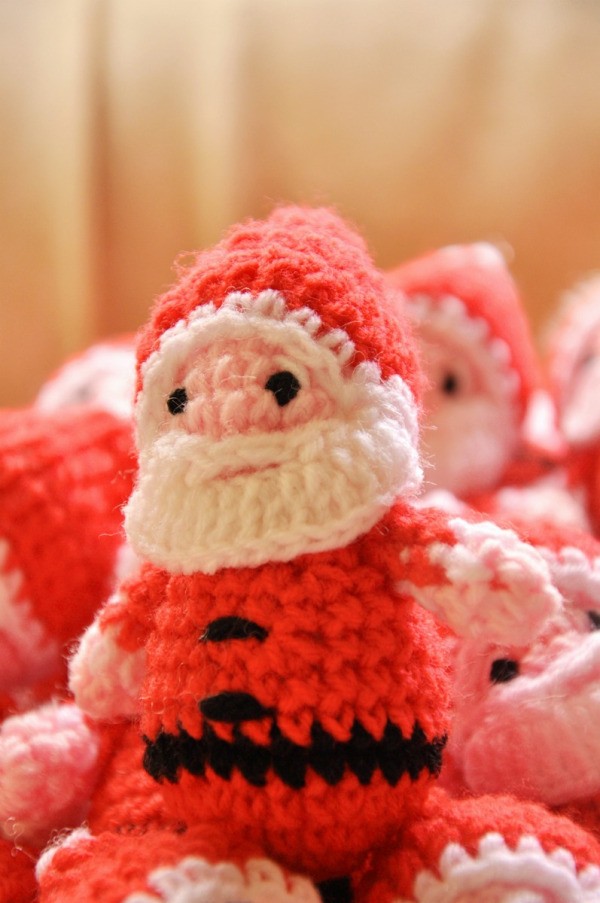
When you are ready to rinse, remove the tin foil or shower cap if you used them. Don't apply heat to your hair with a straight iron, blow dryer, or other heating appliance. Avoid chemical-laden hair sprays, gels, straightening products, and other hair products. Rinse and shampoo immediately, and follow with conditioner if included.
How to Bleach Your Hair at Home
After the bleach treatment has finished the man reveals the board, its previous lighter areas have been fully stripped of its color with its darker grain staying, giving the wood a zebra look. Min Kim, a colorist based at Butterfly Studio Salon in New York City echoes these concerns. “Anyone with fragile hair should tread carefully. Sensitivity from chemicals and hot tools leaves hair drier and more prone to breakage, which can be a nightmare if a bleach bath isn't performed quickly and properly,” she says. It’s an easy, quick fix if you’re looking to change colors. You should be able to see the bleach in action within minutes of applying the solution to your hair and you only have to wait about 30 minutes for the finished product.

It is normal for dark hair to turn orange when lightened. Freshly bleached tresses are extremely vulnerable to heat styling damage, meaning you should avoid blow-drying, curling, or straightening your hair during the first weeks after bleaching your hair. Also, use sulfate-free shampoo and hair products containing more organic ingredients. When you’re about two or three days out from the day you’re going to bleach your hair at home, stop washing your hair.
Examine the health of your hair before proceeding.
Take a small section from the underside of your hair and use a cotton ball to apply peroxide. You can leave it in for up to 30 minutes if desired, but rinse it out with cold water when it reaches your desired color. Bleaching your hair with peroxide can dry it out, and conditioner will protect it during the process.
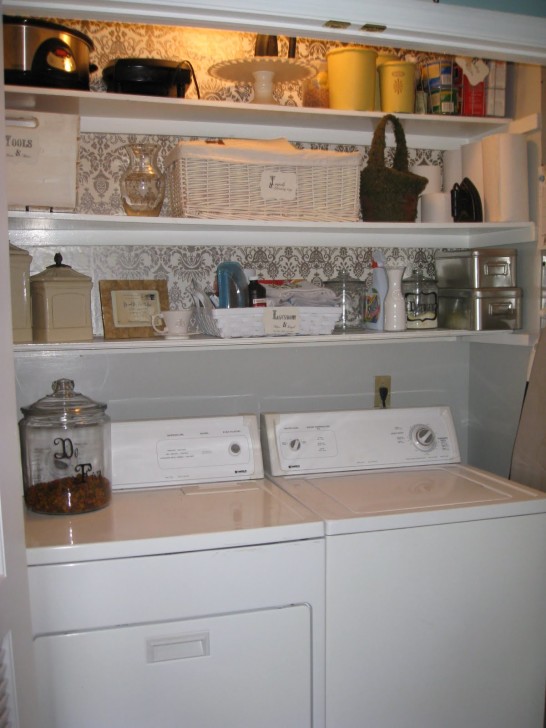
This is generally not recommended as a first step – it should only be used as a last resort. Apply the bleach to the rest of the sections, avoiding your roots. Clip sections out of the way after you’ve applied the bleach.
When the timer goes off, shampoo immediately and thoroughly. Once you complete this, go over the ends with bleach, starting from back to sides and top. Examine the health of your hair before proceeding. They might even be willing to guide you through the process over Zoom—just be sure to respectfully compensate them as you would with a normal in-salon appointment. Like the lemon and water technique, you might need to re-do this application once or twice. Thanks to all authors for creating a page that has been read 87,271 times.

Repeat with the remaining clipped sections of your hair.After you have finished applying the peroxide, put on a shower cap to keep the peroxide from dripping or touching your clothes. Don't dye or otherwise process your hair in the weeks leading up to the bleaching. Bleaching your hair will work better and cause less damage if your hair is strong and unprocessed. If your hair is damaged or processed, then you are better off going to a salon. When it’s fully processed, it’s time to wash it out. Use lukewarm water, too hot or cold of water can shock your hair in its already fragile state.
